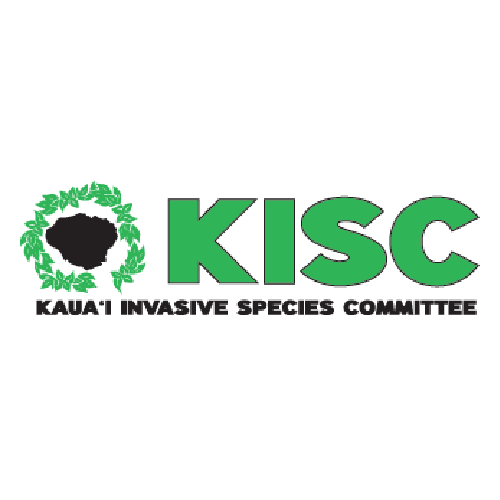Family: Poaceae
Imperata cylindricais (cogon grass, kunai grass) is a perennial rhizomatous grass native to Asia. In Southeast Asia, cogon grass is used for thatching roofs. It also has uses in traditional Chinese medicine: Its extensive root system can help stabilize soils and reduce erosion on slopes and embankments. In some cases, it is intentionally planted for erosion control in disturbed areas. It is reported to be naturalized in the Americas, Northern Asia, Europe and Africa and is potentially naturalizing on Hawaiʻi Island. One of the biggest concerns about the grass is that it is fire-adapted, and even fire dependent. This makes it highly flammable, even when it is green. Due to its dense growth and abundant biomass, cogongrass serves as a significant fuel source that can accelerate and intensify wildfires, thanks to its resistance to high temperatures. This high heat is often lethal to most other competing plants, including trees. After a fire, cogongrass can rapidly reestablish itself using its unaffected underground rhizome network.
High Risk Traits:
- Broad climate suitability and elevation range
- Thrives and spreads in regions with tropical climates
- Naturalized or naturalizing on Hawaii Island, widely naturalized elsewhere
- A Hawaii state noxious weed
- A serious agricultural and environmental weed
- Potentially allelopathic
- Roots can penetrate and parasitize other plants
- All but the young shoots unpalatable to grazing animals
- Increases fire risk and fuel load
- Moderate shade tolerance
- Tolerates many soil types
- Forms dense monocultures that exclude other vegetation
- Reproduces by seeds and vegetatively by rhizomes
- Hybridizes with other Imperata species
- Reaches maturity in one year
- Seeds dispersed by wind and as a possible crop or soil contaminant
- Rhizomes dispersed by machinery and as a soil contaminant
- Intentionally cultivated
- Prolific seed producer (depending on genetic variability in populations)
- Tolerates grazing, mowing and fire
Low Risk Traits:
- Non-toxic to animals (who generally do not graze on grass)
- Self-incompatible populations may limit seed production and potential for wind, or long-distance seed dispersal
- Short-lived seeds lose viability in <1 year
- Herbicides may provide effective control




